Performance Measurement Quotes
Collection of top 17 famous quotes about Performance Measurement
Performance Measurement Quotes & Sayings
Happy to read and share the best inspirational Performance Measurement quotes, sayings and quotations on Wise Famous Quotes.
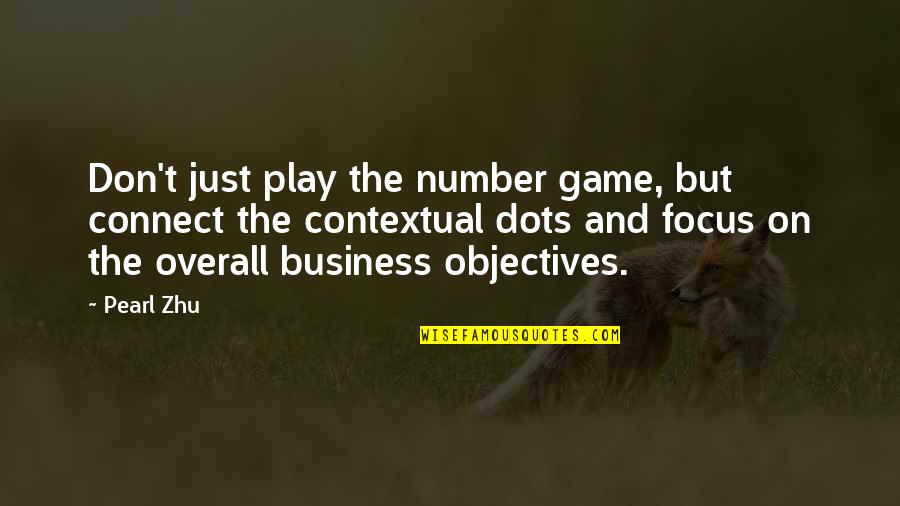 Don't just play the number game, but connect the contextual dots and focus on the overall business objectives.
— Pearl Zhu
Don't just play the number game, but connect the contextual dots and focus on the overall business objectives.
— Pearl Zhu
 The overall organizational health needs to be measured via employee engagement, culture readiness, business agility, and customer-centricity, etc.
— Pearl Zhu
The overall organizational health needs to be measured via employee engagement, culture readiness, business agility, and customer-centricity, etc.
— Pearl Zhu
 The "self-driven" talent performance management is pursuing the digital way to run a purpose-driven organization.
— Pearl Zhu
The "self-driven" talent performance management is pursuing the digital way to run a purpose-driven organization.
— Pearl Zhu
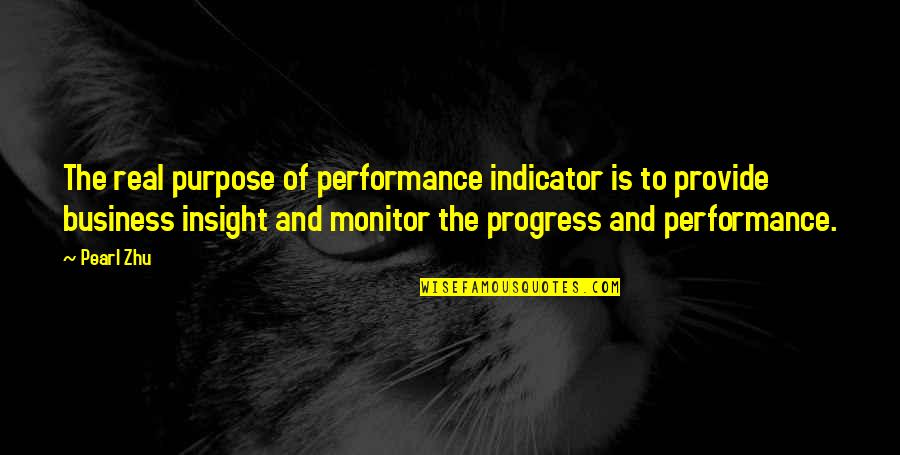 The real purpose of performance indicator is to provide business insight and monitor the progress and performance.
— Pearl Zhu
The real purpose of performance indicator is to provide business insight and monitor the progress and performance.
— Pearl Zhu
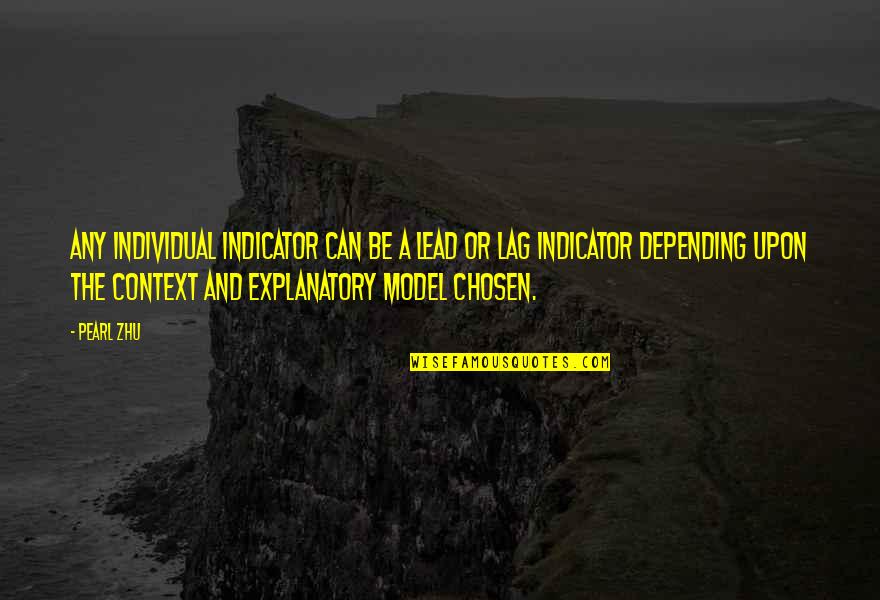 Any individual indicator can be a lead or lag indicator depending upon the context and explanatory model chosen.
— Pearl Zhu
Any individual indicator can be a lead or lag indicator depending upon the context and explanatory model chosen.
— Pearl Zhu
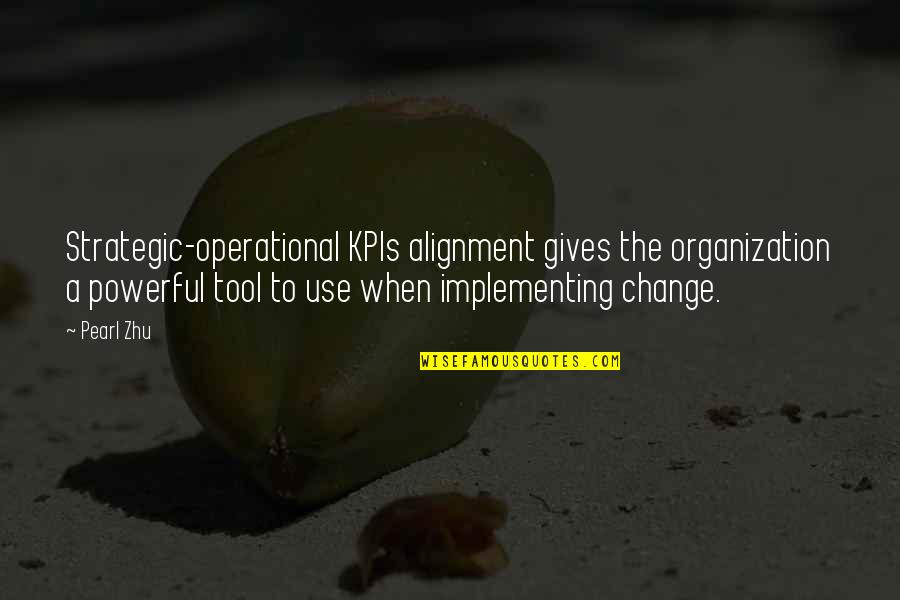 Strategic-operational KPIs alignment gives the organization a powerful tool to use when implementing change.
— Pearl Zhu
Strategic-operational KPIs alignment gives the organization a powerful tool to use when implementing change.
— Pearl Zhu
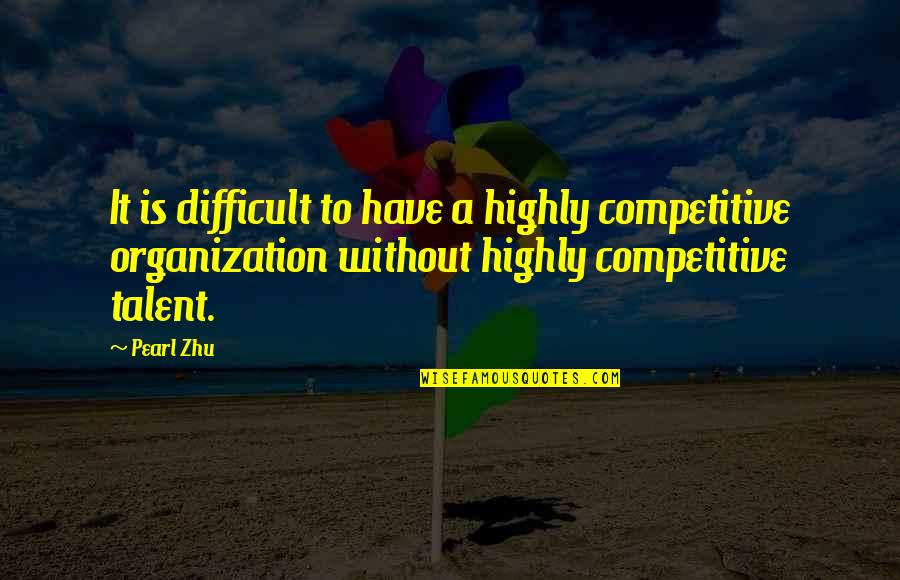 It is difficult to have a highly competitive organization without highly competitive talent.
— Pearl Zhu
It is difficult to have a highly competitive organization without highly competitive talent.
— Pearl Zhu
 Performance metrics are numbers in context, results are related to your strategic goals.
— Pearl Zhu
Performance metrics are numbers in context, results are related to your strategic goals.
— Pearl Zhu
 Any conversation is a unique jazz performance. Some are more pleasing to the ears, but that is not necessarily a measurement of their importance
— Frank Herbert
Any conversation is a unique jazz performance. Some are more pleasing to the ears, but that is not necessarily a measurement of their importance
— Frank Herbert
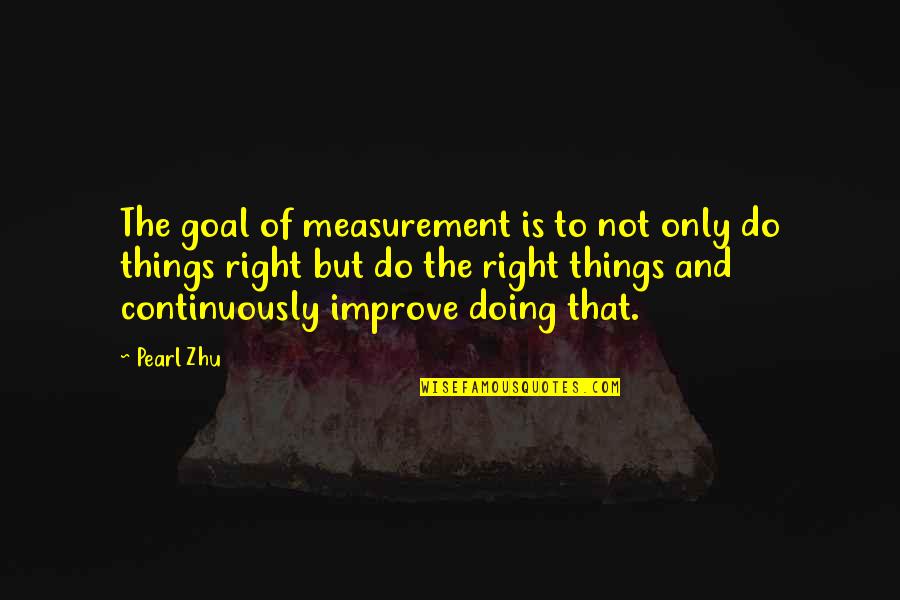 The goal of measurement is to not only do things right but do the right things and continuously improve doing that.
— Pearl Zhu
The goal of measurement is to not only do things right but do the right things and continuously improve doing that.
— Pearl Zhu
 Keep strategy management and performance management synchronized to accelerate digital transformation.
— Pearl Zhu
Keep strategy management and performance management synchronized to accelerate digital transformation.
— Pearl Zhu
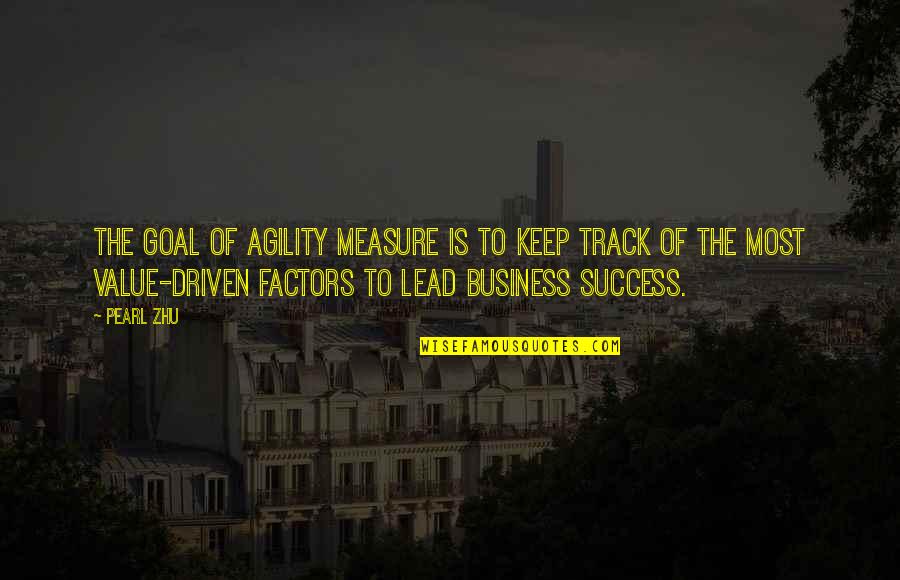 The goal of agility measure is to keep track of the most value-driven factors to lead business success.
— Pearl Zhu
The goal of agility measure is to keep track of the most value-driven factors to lead business success.
— Pearl Zhu
 One of the biggest pitfalls for performance measurement is to measure the "part" with ignorance of the "whole.
— Pearl Zhu
One of the biggest pitfalls for performance measurement is to measure the "part" with ignorance of the "whole.
— Pearl Zhu
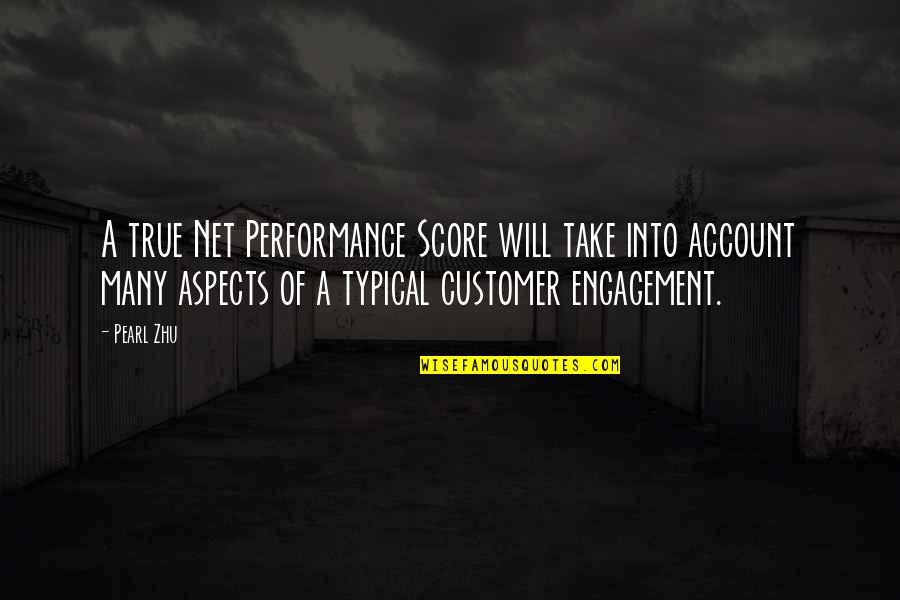 A true Net Performance Score will take into account many aspects of a typical customer engagement.
— Pearl Zhu
A true Net Performance Score will take into account many aspects of a typical customer engagement.
— Pearl Zhu
 The innovation indicators vary depending on who is doing the measuring, and how they are measuring. It's contextual.
— Pearl Zhu
The innovation indicators vary depending on who is doing the measuring, and how they are measuring. It's contextual.
— Pearl Zhu

